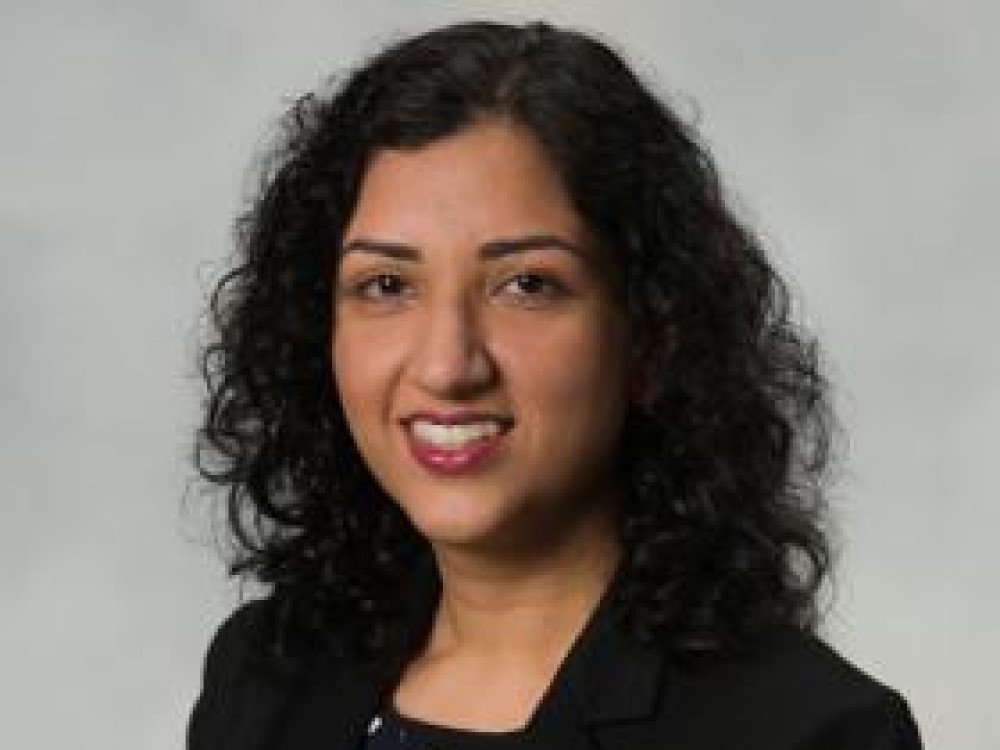
Stanford Medicine is paving the way for women in leadership, and their remarkable achievements are taking center stage as the institution prepares to celebrate Women in Medicine Month this September. One shining example of this progress is Dr. Shipra Arya, a professor of surgery whose groundbreaking work has changed the landscape of elder patient care.
Dr. Arya's journey began with a simple screening tool designed to assess frailty in elderly surgical patients. Initially a personal project, this 14-item quiz has now become the gold standard in evaluating patients' suitability for surgery. The pivotal transformation came through her participation in the Stanford Medicine Leadership Academy, a rigorous 18-month program dedicated to nurturing and guiding future leaders.
The academy, with Linda Boxer, MD, Ph.D., as one of its mentors, boasts a diverse student body of mid-career professors seeking to expand their leadership skills. The belief that diversity fuels innovation and progress underpins the academy's philosophy. It draws participants from various academic disciplines, fostering interdisciplinary collaboration in tackling complex challenges.
Geno Schnell, PhD, co-founder and program director of the academy, emphasizes the importance of addressing gender dynamics in leadership. Women often face unique challenges, including disproportionately critical feedback. The academy equips participants to navigate these challenges effectively and build their advocacy skills.
Beyond theoretical training, participants undertake real-world initiatives aimed at improving healthcare delivery. These projects encompass technology integration, process optimization, and enhanced medical education, supported by comprehensive project management courses.
Notably, women who use their newly acquired knowledge outside of the classroom have led many of the program's most enduring successes. Dr. Leanne Williams established a groundbreaking mental health center, while gastroenterologist Dr. Aida Habtezion initiated an inflammatory bowel disease center at Stanford Medicine, later becoming Pfizer's Chief Medical Officer.
Dr. Habtezion's journey from the academy to a prominent industry role serves as an inspiration to women and immigrant communities seeking leadership positions. It highlights the academy's role in cultivating diverse leaders capable of driving transformative change in healthcare.
Fostering gender diversity in medicine extends beyond leadership development. The Department of Surgery's Residency Program, led by Dr. Mary Hawn, exemplifies a commitment to diversity by actively challenging stereotypes. They prioritize authenticity, inclusivity, and support for pregnant or nursing residents, addressing the unique needs of female surgeons-in-training.
Stanford Medicine's commitment to gender diversity is evident in organizational charts, with women occupying leadership positions in 15 of the School of Medicine's 31 departments. This progress contrasts with the broader landscape, where women remain underrepresented in senior roles. Nevertheless, Stanford Medicine acknowledges that there is room for further growth.
These efforts exemplify the broader mission to increase diversity at all levels of the medical field, ensuring that the best minds from diverse backgrounds collaborate to tackle the most challenging biomedical problems and deliver optimal care to diverse populations.
